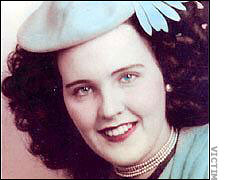Wed 18 May, 2011
SALLY
Comments (1) Filed under: Hair Net PackagesTags: 1920s, 1930s, 1947project, Amelia Earhart, Arthur Miller, burlesque, Esotouric, fan dance, Flo Ziegfeld, Jerome Kern, L.A. Noire, Lindbergh, Los Angeles Visionaries Association, Marilyn Miller, Marilyn Monroe, Max Allan Collins, New Amsterdam Theater, Sally Rand, Tex Avery, WAMPAS
I’m always curious about the back story, if any, behind a product’s name. It makes good marketing sense for most product names to reflect either a tangible attribute of the product being marketed, or to evoke a desirable emotion for the end user. Cute little puppies make us feel warm and fuzzy about a product. In the case of the SALLY hair net I found that there was an extremely popular musical of the same name playing at the New Amsterdam Theater on Broadway in New York in 1920 – which corresponds to the date of manufacture of the hair net.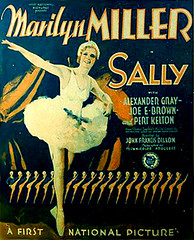
SALLY opened on December 21, 1920 at the New Amsterdam Theater on Broadway and ran for an incredible 570 performances! By the time that the show closed in the mid-1920s, it would be among the top five money makers of the decade.
I can easily imagine women making a connection between the hair net and the hit musical. SALLY boasted music by Jerome Kern, and lyrics by Clifford Grey. It was produced by Florenz Ziegfeld, and starred Marilyn Miller.
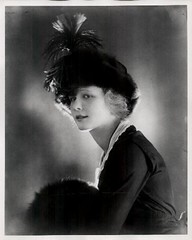 Marilyn Miller was an enormously popular stage and screen actress, and while she often played in rags to riches stories which end happily, her own life was marred by tragedy. By the 1930s Marilyn had become increasingly dependent upon alcohol, possibly to relieve some of the discomfort of the frequent sinus infections from which she suffered.
Marilyn Miller was an enormously popular stage and screen actress, and while she often played in rags to riches stories which end happily, her own life was marred by tragedy. By the 1930s Marilyn had become increasingly dependent upon alcohol, possibly to relieve some of the discomfort of the frequent sinus infections from which she suffered.
Marilyn checked herself into a New York hospital in March 1936 to recover from a nervous breakdown. While there she underwent surgery on her nasal passages. She succumbed to complications from the surgery on April 26, 1936 – she was only 37 years old.
There are a couple of interesting footnotes to Marilyn Miller’s story. Census records reveal about half a dozen “Marilyns” in the United States in 1900; by the 1930s, following Miller’s stardom, it was the 16th most common first name among American females!
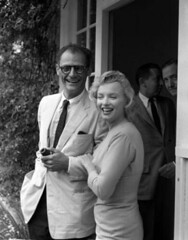 In the late 1940s, Norma Jean Baker changed her name to Marilyn Monroe at the urging of Ben Lyon, a one-time actor turned casting director at 20th Century Fox, who said she reminded him of Marilyn Miller.
In the late 1940s, Norma Jean Baker changed her name to Marilyn Monroe at the urging of Ben Lyon, a one-time actor turned casting director at 20th Century Fox, who said she reminded him of Marilyn Miller.
And in an ironic twist, Marilyn Monroe would herself become Marilyn Miller when she wed the playwright Arthur Miller in 1956.
Another inspirational SALLY, whose name may have drawn women to the hair net package, was WAMPAS Baby Star, burlesque queen and fan dancer extraordinaire, Sally Rand.
What was WAMPAS? It was a promotional campaign sponsored by the Western Association of Motion Picture Advertisers which honored thirteen young women each year whom they believed to be on the threshold of movie stardom. They were selected from 1922 to 1934, and annual awardees were honored at a party called the “WAMPAS Frolic”. Those selected were given extensive media coverage.
Sally Rand was one of the WAMPAS Baby Stars of 1927and her stage name, like Marilyn Monroe’s, was chosen for her by someone else. In Rand’s case the name was bestowed upon her by Cecil B. DeMille who was inspired by a Rand McNally atlas.
After the introduction of sound film Rand became a dancer, and she was best known for the fan dance which she popularized starting at the Paramount Club.
Her most famous appearance was at the 1933 Chicago World’s Fair entitled Century of Progress. She had been arrested four times in a single day during the fair due to perceived indecent exposure while riding a white horse down the streets of Chicago, but the nudity was only an illusion.
She also conceived and developed the bubble dance, in part to cope with wind while performing outdoors. She performed the fan dance on film in Bolero, released in 1934.
Sally Rand with her artfully manipulated fans and bubbles became a part of popular culture, and in Tex Avery’s cartoon Hollywood Steps Out (1941), a rotoscoped Rand performs her famous bubble dance onstage to an appreciative crowd. A grinning Peter Lorre caricature in the front row comments, “I haven’t seen such a beautiful bubble since I was a child.” The routine continues until the bubble is suddenly popped by Harpo Marx and his slingshot, with a surprised Rand (her nudity covered by a well-placed wooden barrel) reacting with shock. Rand is referred to as “Sally Strand” here.
Rand also makes an appearance in the crime fiction of Max Allan Collins in his book TRUE DETECTIVE. If you like historical mysteries set in the 1930s-1960s, pick up one of Collins’ novels featuring the character Nate Heller. I’m a fan of all of Collin’s work (he wrote the graphic novel THE ROAD TO PERDITION), but I’m particularly fond of the Nate Heller tales because Heller mixes it up with the likes of Chicago gangster Frank Nitti, and other historical figures such as Eliot Ness, and Amelia Earhart.
In STOLEN AWAY, Heller becomes involved in the kidnapping of the Lindbergh baby. I’m looking forward to the first Nate Heller novel in about a decade – it’s entitled “BYE BYE, BABY” and it is due out in August. The novel will feature Marilyn Monroe, John F. Kennedy, Joe DiMaggio, Jimmy Hoffa, and even the CIA.
I’m always up for a historical thrill ride, which is why I’m cautiously optimistic about the release this week of Rock Star Video’s L.A. NOIRE game, which purports to be an accurate portrayal of the cityscape of Los Angeles in 1947. I have a compelling interest in 1947 Los Angeles for a few reasons. My friends (and fellow social historians) Kim Cooper and Nathan Marsak originated the seminal LA crime-a-day blog 1947project which undertook the mammoth task of the daily retelling of the crimes and human interest stories of 1947 in prose and in photographs. As a tour guide for ESOTOURIC I participate in THE REAL BLACK DAHLIA tour, which seeks to examine Beth Short’s life in the weeks before her murder (in January 1947), as well as exploring the lives of other young women during the post-war era in Los Angeles.
I was unable to make it to a preview of L.A. NOIRE a few weeks ago, but Kim and Nathan were on hand to critique the pre-release version from a historical (not game play) perspective. Nathan blogged about the experience HERE.
Unfortunately, Nathan’s free walking tour on May 29th, which will explore some of the locations used in L.A. Noire, is filled to overflowing; however, anyone may attend the free SUNDAY SALON that precedes the tour (noon-2pm), and Nathan’s pre-walking-tour presentation (2pm+) on the architecture of “L.A. Noire.”
I’m attending the Sunday Salon on May 29th, and I’m fortunate to have scored a place for myself on the walking tour. I’m looking forward to a day of Noir fun in Los Angeles.
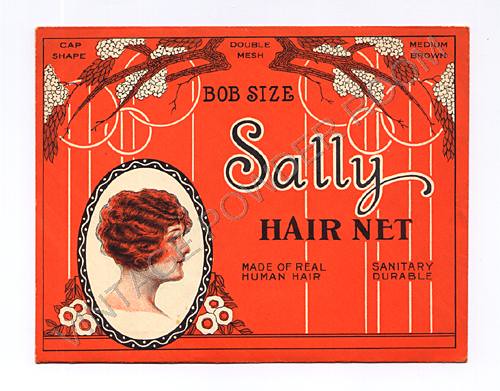

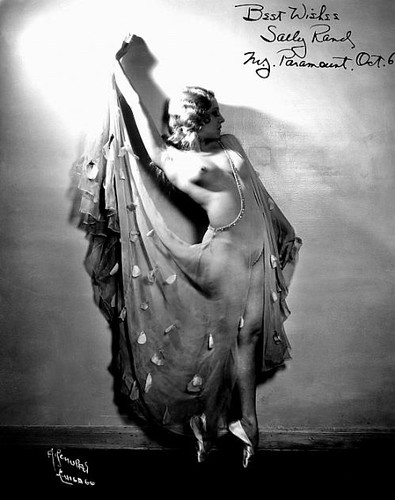
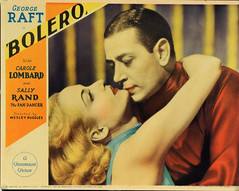



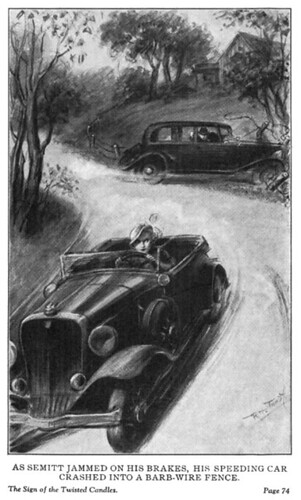
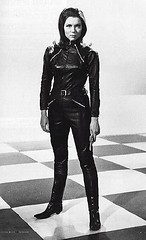



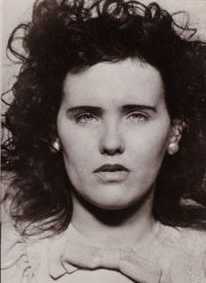

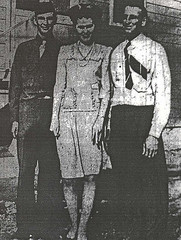
 Beth was one of thousands of young women who had flocked to Los Angeles during, and immediately following, WWII. There were good times to be had drinking and dancing with soliders, sailors and, Beth’s favorite, pilots. But the city was also a dark and dangerous place to be. Many of the former soliders returned to civilian life with demons that could not be vanquished with a bottle of beer or a spin on the dance floor with a lovely girl.
Beth was one of thousands of young women who had flocked to Los Angeles during, and immediately following, WWII. There were good times to be had drinking and dancing with soliders, sailors and, Beth’s favorite, pilots. But the city was also a dark and dangerous place to be. Many of the former soliders returned to civilian life with demons that could not be vanquished with a bottle of beer or a spin on the dance floor with a lovely girl.
 For more information and insights into Beth’s last couple of weeks in Los Angeles, including the REAL last place that she was seen alive (no, NOT the Biltmore Hotel) join me on
For more information and insights into Beth’s last couple of weeks in Los Angeles, including the REAL last place that she was seen alive (no, NOT the Biltmore Hotel) join me on 
